The intersection of chaos theory and generative music software represents one of the most fascinating frontiers in modern computational creativity. What was once a mathematical framework for understanding unpredictable systems has now found its way into the hands of composers, sound designers, and even hobbyists looking to break free from traditional musical structures. The results are as unpredictable as they are beautiful—algorithmic compositions that evolve in real-time, never repeating exactly the same way twice.
Chaos theory, at its core, deals with systems that are highly sensitive to initial conditions. A tiny variation in the starting point can lead to vastly different outcomes, often referred to as the "butterfly effect." When applied to music generation, this principle allows software to create compositions that feel organic, dynamic, and alive. Unlike conventional sequencers or loop-based tools, chaos-driven algorithms introduce an element of controlled randomness that keeps the music in a state of perpetual flux.
Generative music software leveraging chaos theory doesn’t just randomize notes—it builds intricate systems where melodies, harmonies, and rhythms interact in nonlinear ways. For instance, a simple input pattern might be fed into an algorithm that applies chaotic transformations, warping the original material into something entirely new yet strangely familiar. This approach has been embraced by ambient musicians, experimental composers, and even film scorers who need evolving soundscapes that adapt to shifting emotional tones.
The appeal lies in the balance between order and unpredictability. Traditional composition follows strict rules of theory, while pure randomness often results in dissonant or incoherent noise. Chaos-based systems occupy a sweet spot where structure and surprise coexist. A melody might meander through variations, guided by mathematical attractors—points or patterns that the system tends to gravitate toward without ever settling into repetition. The listener experiences something that feels composed yet spontaneous, like a jazz improvisation guided by unseen forces.
One of the earliest adopters of this concept was Brian Eno, whose ambient works often relied on generative processes. Today’s software, however, takes the idea much further. Tools like Max/MSP, Pure Data, and even newer standalone apps allow users to design their own chaotic systems with minimal coding. Parameters such as feedback loops, fractal scaling, and probabilistic triggers can be tweaked to produce anything from gentle harmonic drifts to frenetic, glitchy textures.
What’s particularly exciting is how these systems respond to external input. Some generative music programs can analyze live audio or sensor data, using it as a seed for chaotic algorithms. A dancer’s movement, changes in weather, or even stock market fluctuations can influence the music in real-time. This blurs the line between performer and composer, creating a collaborative interplay between human intention and machine-driven chaos.
The implications for creativity are profound. Artists are no longer limited by their own technical skill or preconceived notions of structure. Instead, they become curators of emergent patterns, shaping the rules of the system rather than micromanaging every note. This shift mirrors broader trends in AI-assisted art, where the role of the creator evolves from sole author to co-conspirator with an unpredictable digital partner.
Critics might argue that chaos-generated music lacks the intentionality of human composition. Yet, listeners often describe these pieces as deeply evocative—sometimes even more so than traditionally written works. There’s an uncanny quality to how chaotic systems can mirror the complexity of human emotion, with swells and lulls that feel instinctive rather than calculated. In a way, it’s akin to nature itself: a snowfall, a rushing river, or birdsong at dawn follows no strict score, yet resonates on a primal level.
As generative music software becomes more accessible, we’re likely to see chaos theory play an even greater role in everyday listening experiences. Imagine streaming platforms that never play the same song twice, or video game soundtracks that adapt uniquely to each player’s choices. The marriage of mathematics and music promises a future where sound is as fluid and ever-changing as life itself.

By John Smith/Apr 14, 2025

By Samuel Cooper/Apr 14, 2025

By George Bailey/Apr 14, 2025

By Natalie Campbell/Apr 14, 2025

By Eric Ward/Apr 14, 2025

By Olivia Reed/Apr 14, 2025

By Benjamin Evans/Apr 14, 2025

By James Moore/Apr 14, 2025
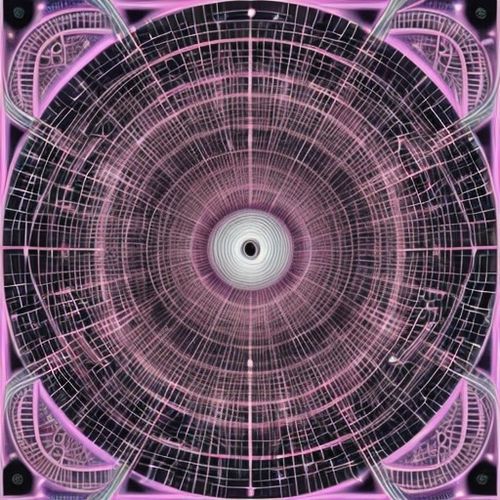
By Laura Wilson/Apr 14, 2025

By Benjamin Evans/Apr 14, 2025
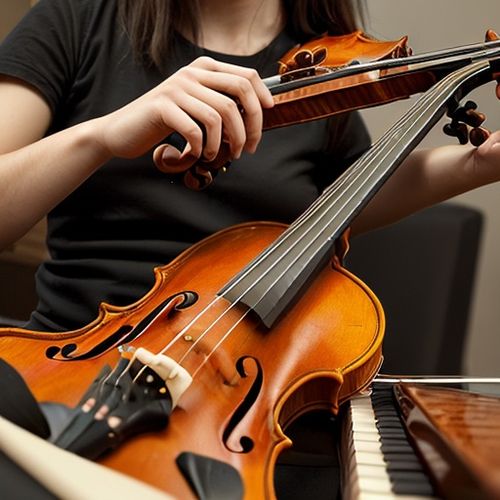
By Thomas Roberts/Apr 14, 2025
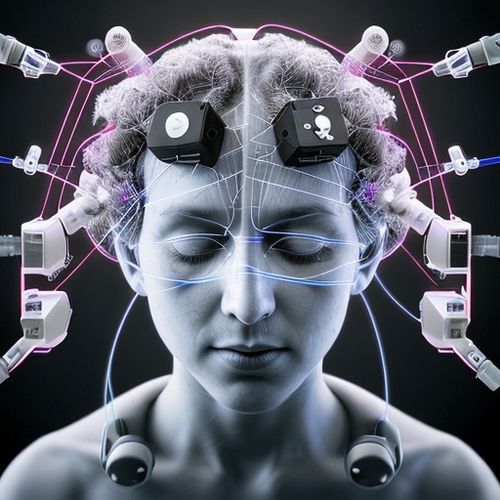
By Sarah Davis/Apr 14, 2025
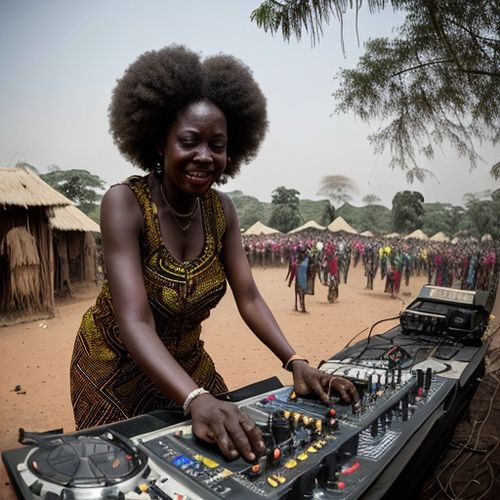
By Rebecca Stewart/Apr 14, 2025
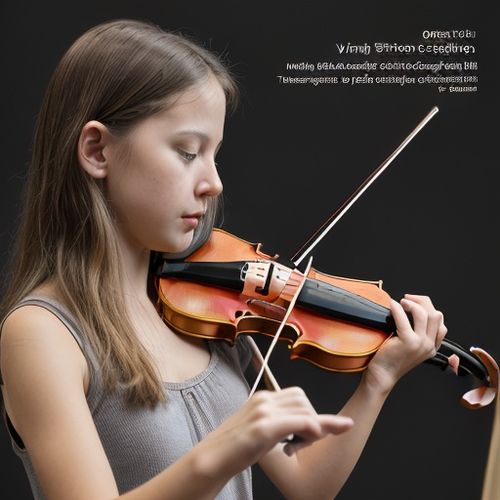
By Rebecca Stewart/Apr 14, 2025
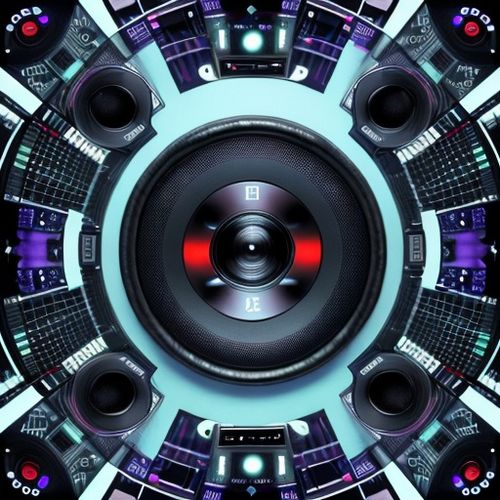
By Eric Ward/Apr 14, 2025
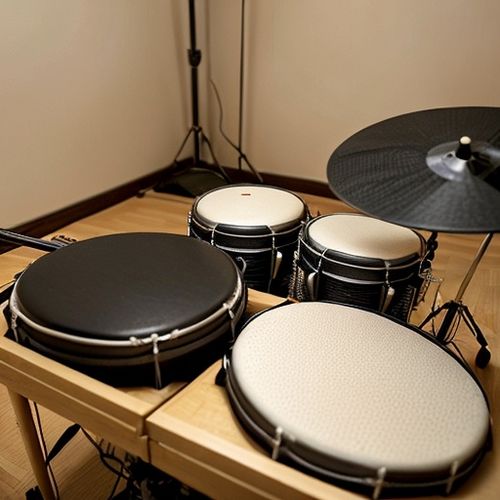
By Michael Brown/Apr 14, 2025
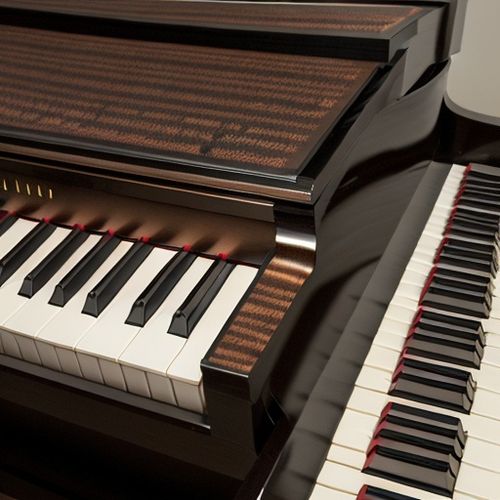
By Noah Bell/Apr 14, 2025
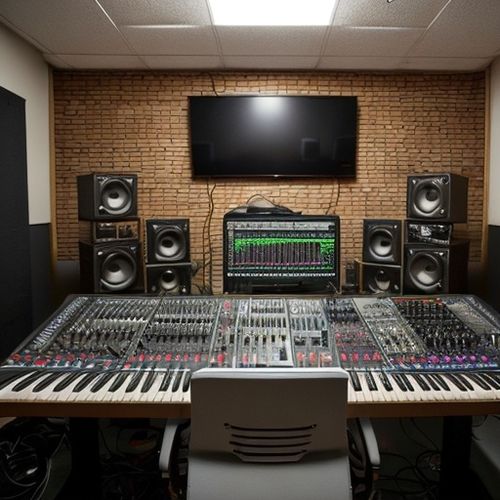
By Olivia Reed/Apr 14, 2025
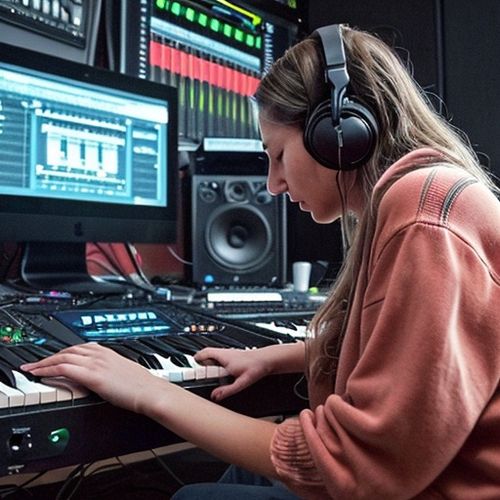
By Rebecca Stewart/Apr 14, 2025
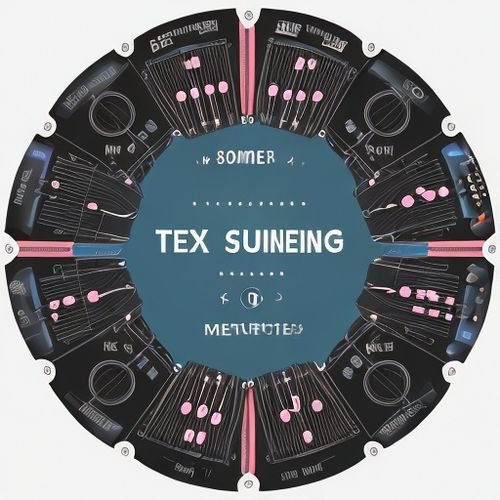
By Sarah Davis/Apr 14, 2025